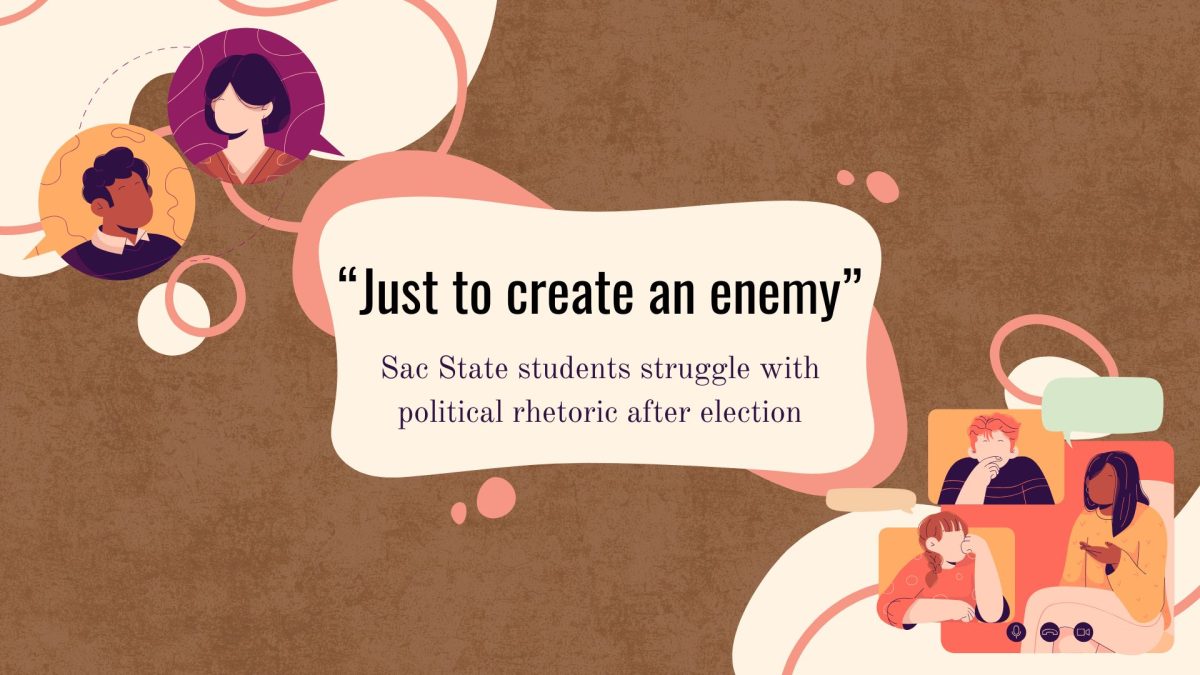Researchers study cells to prevent AML
April 27, 2015
Sacramento State hosted a lecture titled “Leukemia Stem Cells: Targeting Acute Myeloid Leukemia’s Achilles Heel” on Tuesday, April 21.
The guest speaker for the event was Brian A. Jonas, the assistant professor of medicine at UC Davis’ Comprehensive Cancer Center.
“Our students do exciting research with UC Davis and we collaborate to bring speakers here,” said Ruth Ballard, chair of Biological Sciences at Sac State.
During the lecture, Jonas introduced the audience to what acute myeloid leukemia is, how it attacks the body and the research being done to study and fight the disease.
“He focuses on adult patients, he believes in a compassionate care,” Ballard said.
The reason behind the focus on adult patients is that most people who are diagnosed with AML tend to be in their 60s.
“Aging is associated,” Jonas said. “AML is part of the natural aging process, which explains why it is prevalent in people above 60.”
Research shows there are approximately 20,800 new cases every year and about 10,500 deaths, the majority being male.
“It’s a lethal disease,” Jonas said. “Survival curves are very poor, relapsed and refractory are very poor.”
From the graphs that Jonas provided, the disease has proven to be a serious threat, but clinical trials are recommended for all patients.
“There’s a spectacular amount of data that’s come out and we’re still trying to mine through all of them,” Jonas said.
To support the research he is working on, Jonas also cited old papers done to study AML such as stem cell testing on immunocompromised mice.
The research stated the problem could be the mice model itself, due to the many different physical aspects they do not share with the human body.
AML begins at the cellular level. By studying how the cells begin to mutate in the body, researchers are attempting to find its weaknesses or “Achilles’ heel,” as Jonas described it.
“Maybe we need to not just get rid of the leukemic cells but also the pre-leukemic cells,” Jonas said.
An option used by many doctors is chemotherapy, high doses could cure the person of AML but the toxicity is dangerous and limiting.
“It would save the toxicity to the person if we could inject new cells instead of chemo,” Jonas said.
All the research and hard work put into studying AML is something Jonas hopes will be put into clinical trials to help find and fight the disease.





























































































































